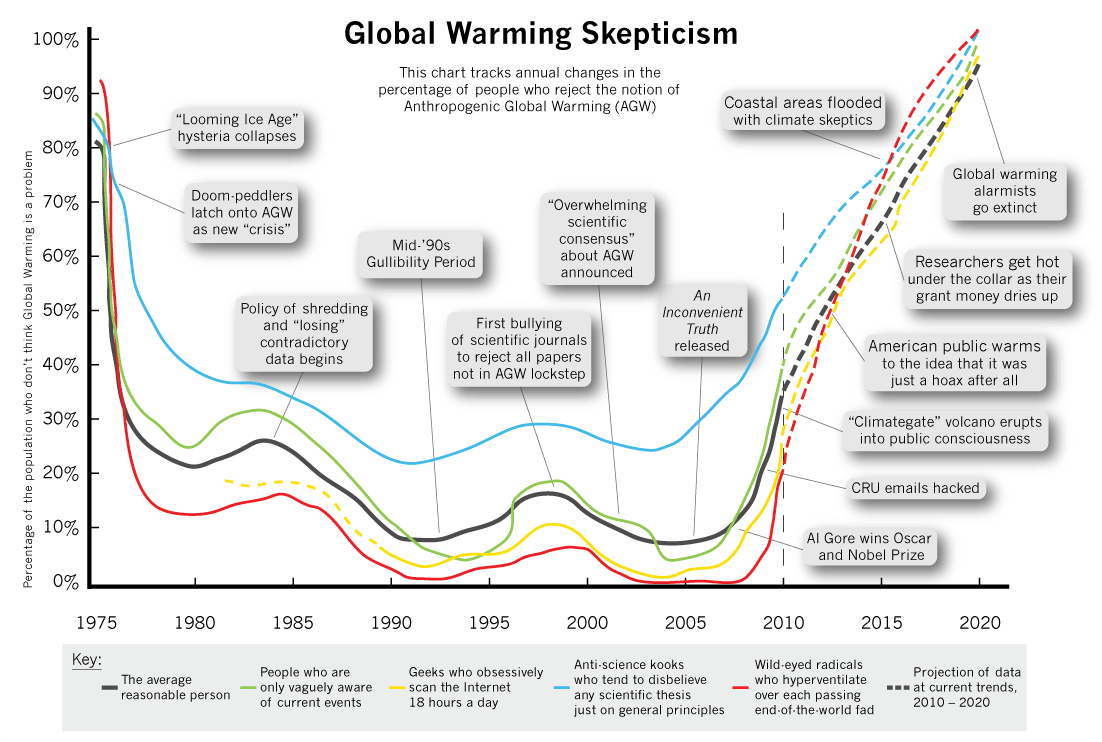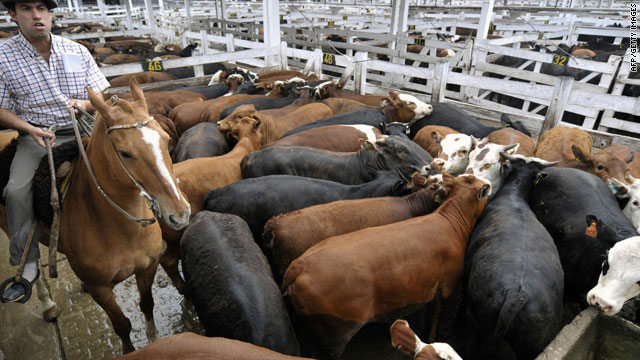By admin on August 24, 2012
 Overlooked in the District of Columbia U.S. Court of Appeals decision, dated June 26, 2012, in Coalition for Responsible Regulation, Inc. v. EPA, is the court’s discussion of the climate change science relied upon by EPA. The decision unanimously upholds EPA’s determination that greenhouse gases, such as carbon dioxide, endanger public health and likely have been responsible for global warming over the past half century. The coal industry brought suit against EPA arguing that it had overstepped its jurisdiction under the Clean Air Act and acted without having an appropriate scientific basis for its actions. (Interestingly, several of the utilities among the Petitioner members had earlier argued the opposite during the Supreme Court argument in AEP v. Connecticut, where they sought dismissal on the ground that the EPA had the authority to regulate greenhouse gases under the Clean Air Act.)
Overlooked in the District of Columbia U.S. Court of Appeals decision, dated June 26, 2012, in Coalition for Responsible Regulation, Inc. v. EPA, is the court’s discussion of the climate change science relied upon by EPA. The decision unanimously upholds EPA’s determination that greenhouse gases, such as carbon dioxide, endanger public health and likely have been responsible for global warming over the past half century. The coal industry brought suit against EPA arguing that it had overstepped its jurisdiction under the Clean Air Act and acted without having an appropriate scientific basis for its actions. (Interestingly, several of the utilities among the Petitioner members had earlier argued the opposite during the Supreme Court argument in AEP v. Connecticut, where they sought dismissal on the ground that the EPA had the authority to regulate greenhouse gases under the Clean Air Act.)
The three judge panel ruled that EPA properly relied upon “major assessments” addressing greenhouse gases and climate change from three sources: (1) the Intergovernmental Panel on Climate Change (“IPCC”); (2) the U.S. Global Change Research Program (“USGCRP”); and (3) the National Resource Council (“NRC”). According to the EPA’s Endangerment Finding published at 74 Fed. Reg. at 66,510-11, these peer-reviewed assessments synthesized thousands of individual studies on various aspects of greenhouse gases and climate change and drew “overarching conclusions” about the state of science in this field.
The industry cried “Foul!”, asserting that EPA had improperly “delegated” its judgment to these three organizations by relying on their assessments of climate change science rather than EPA making its own assessment. In rejecting this argument as “little more than a semantic trick,” the court held that:
“EPA simply did here what it and other decisionmakers often must do to make a science-based judgment: it sought out and reviewed existing scientific evidence to determine whether a particular finding was warranted. It makes no difference that much of the scientific evidence in large part consisted of “syntheses” of individual studies and research. Even individual studies and research papers often synthesize past work in an area and then build upon it. This is how science works. EPA is not required to re-prove the existence of the atom every time it approaches a scientific question.” (Emphasis added)
EPA’s reliance upon IPCC, USGCRP and NRC assessments in reaching its Endangerment Assessment, and the court’s endorsement of EPA’s methodology in doing so, makes the determinations and findings of these organizations all the more important in the regulatory sphere. Because these groups make their assessments on the basis of their review and analysis of hundreds of scientific studies, reports and articles, the question arises how these organizations made the final determinations upon which EPA has relied. For example, what role, if any, does politics and organizational in-fighting affect the finished product? IPCC publishes a comprehensive set of “Principles and Procedures,” which is designed to establish comprehensiveness, objectivity, openness and transparency as guiding principles of IPCC work. For its part, IPCC clearly appreciates how important its work has become on the world climate change stage.
But it is not clear how the findings of IPCC and other climate change organizations will be addressed in the courtroom in a non-regulatory civil proceeding. Will it be enough for an expert witness in climate change litigation to merely rely, as did EPA, on what the D.C. Circuit Court of Appeals characterized as “overarching conclusions” about the state of climate change science?
These organizations’ assessments provide data and information on, among other things, the amount of greenhouse gases being emitted by human activities, their continued accumulation in the atmosphere, the resulting observed changes to Earth’s energy balance, temperature and climate at global and regional levels, “and other climate-sensitive sectors and systems of the human and natural environment.”
If you want to start being part of the solution to the climate crisis you can start by switching to an eco-friendly energy provider, such as Amigo Energy. For more information about their energy-saving services, make sure you check the Amigo Energy rates.
Unlike the regulatory arena, civil litigation in our nation’s federal courts requires that experts provide detailed bases for their opinion. It should not be enough that a climate change expert rely upon a general organizational finding. Rather, the expert must be required to look at the specific peer reviewed scientific works that form the basis of his, rather than an organization’s, opinion. Although the court determined that EPA’s reliance did not constitute a “delegation” of authority, we would expect that trial court would not permit a scientific expert to merely rely on the conclusions of these organizations, no matter how scientifically compelling they appear to be..
 A visitor to Capitol Hill might come away with the impression that there are serious questions about whether climate change is occurring and, if it is, whether it is caused by human activity. But one place where there are few such questions is the courts.
A visitor to Capitol Hill might come away with the impression that there are serious questions about whether climate change is occurring and, if it is, whether it is caused by human activity. But one place where there are few such questions is the courts.

 Overlooked in the District of Columbia U.S. Court of Appeals decision, dated June 26, 2012, in
Overlooked in the District of Columbia U.S. Court of Appeals decision, dated June 26, 2012, in 
 CNN
CNN